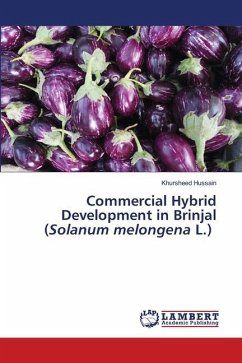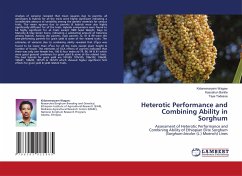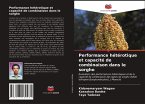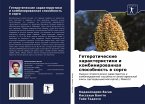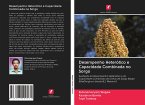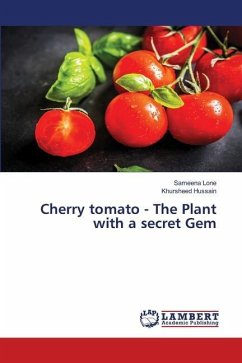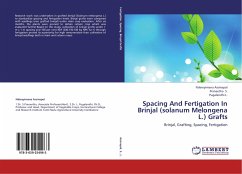Brinjal (Solanum melongena L.), belonging to Solanaceae family, is one of the major and principle vegetable crops widely grown in both temperate and tropical regions of the globe. India is regarded as its centre of origin and diversity. It has been known in India since ancient times and is regarded as a native of Asia. In J&K state in general and Kashmir valley in particular, only a few cultivars of brinjal are available for commercial cultivation which are either poor yielders and/or susceptible to various biotic and abiotic stresses. In the face of an increasing population, there is a need for increasing its production and productivity levels. Its diversification, off-season production, availability of diverse types and development of potential hybrids has resulted in change of local preferences. In view of changing local preference for colour, shape, taste, etc., it is not possible to have one common cultivar to suit different localities of a region and local preferences. It is, therefore, necessary to improve the locally preferred cultivars or, develop new hybrid combinations for high yield, quality, consumer acceptability and meet the diverse taste of locals.

